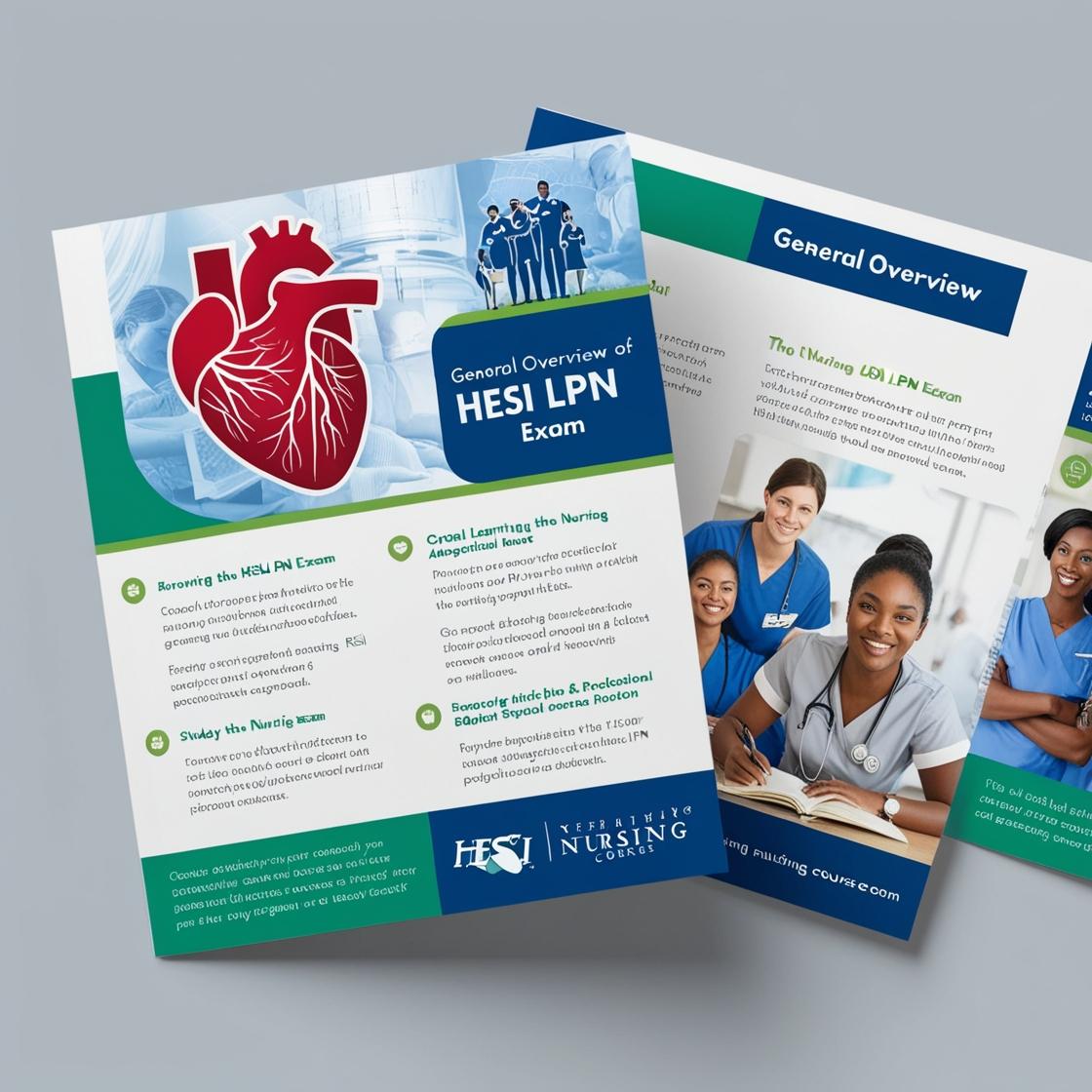HESI LPN
HESI Leadership and Management Test Bank
1. Which of the following is an example of a chronic disease?
- A. Common cold
- B. Influenza
- C. Diabetes
- D. Food poisoning
Correct answer: C
Rationale: Diabetes is classified as a chronic disease because it is a long-term condition that requires ongoing management. Choices A, B, and D, which are the common cold, influenza, and food poisoning, are acute illnesses that typically resolve on their own without long-lasting implications.
2. A nurse is comparing the rate of medication errors on the medical unit to the rate from a medical unit in a magnet hospital. Which of the following quality improvement methods is the nurse using?
- A. Structure audit
- B. Benchmarking
- C. Risk benefit analysis
- D. Root cause analysis
Correct answer: B
Rationale: The correct answer is B: Benchmarking. Benchmarking involves comparing performance metrics with those from other units or institutions, which is exactly what the nurse is doing by comparing the rate of medication errors on their medical unit to the rate from a medical unit in a magnet hospital. Choice A, Structure audit, is not relevant to this scenario as it focuses on assessing the physical, organizational, or procedural structures in a healthcare setting. Choice C, Risk benefit analysis, involves weighing the potential risks and benefits of a particular course of action, not comparing performance metrics. Choice D, Root cause analysis, is a method used to identify the underlying causes of problems or adverse events, not to compare performance metrics between units.
3. A clinical instructor teaches a class for the public about diabetes mellitus. Which individual does the nurse assess as being at highest risk for developing diabetes?
- A. The 50-year-old client who does not engage in any physical exercise
- B. The 56-year-old client who drinks three glasses of wine daily
- C. The 42-year-old client who is 50 pounds overweight
- D. The 38-year-old client who smokes one pack of cigarettes daily
Correct answer: C
Rationale: The 42-year-old client who is 50 pounds overweight is at the highest risk for developing diabetes. Excess weight is a significant risk factor for diabetes as it can lead to insulin resistance and metabolic abnormalities. Choices A, B, and D are also risk factors for diabetes, but being overweight has a stronger association with the development of the condition compared to lack of exercise, excessive alcohol consumption, or smoking.
4. Serge, who has diabetes mellitus, is taking oral agents and is scheduled for a diagnostic test that requires him to be NPO. What is the best plan of action for the nurse regarding Serge's oral medications?
- A. Administer the oral agents immediately after the test.
- B. Notify the diagnostic department and request orders.
- C. Notify the physician and request orders.
- D. Administer the oral agents with a sip of water before the test.
Correct answer: C
Rationale: The best plan of action for the nurse is to notify the physician and request orders regarding Serge's oral medications. By involving the physician, the nurse ensures that appropriate instructions are obtained, considering Serge's medical condition and the need for NPO status for the diagnostic test. Administering the medications without medical guidance (choice A) can be risky, as it may affect the test results. Notifying the diagnostic department (choice B) is not the most direct and appropriate action; the physician is the primary healthcare provider responsible for medication orders. Administering the medications with water before the test (choice D) is not advisable when the patient is supposed to be NPO, as it can interfere with the test requirements.
5. How many calories per kilogram does an average full-term infant require when the infant is around 1-2 months old?
- A. 140 calories per kilogram per day
- B. 120 calories per kilogram per day
- C. 100 calories per kilogram per day
- D. 160 calories per kilogram per day
Correct answer: B
Rationale: An average full-term infant requires about 120 calories per kilogram per day at 1-2 months old. This amount is essential for their growth and development during this critical stage. Choices A, C, and D are incorrect as they provide calorie amounts that are either too high or too low for an average full-term infant at 1-2 months old, which could potentially lead to health issues or inadequate nutrition.
Similar Questions

Access More Features
HESI LPN Basic
$69.99/ 30 days
- 50,000 Questions with answers
- All HESI courses Coverage
- 30 days access @ $69.99
HESI LPN Premium
$149.99/ 90 days
- 50,000 Questions with answers
- All HESI courses Coverage
- 30 days access @ $149.99
